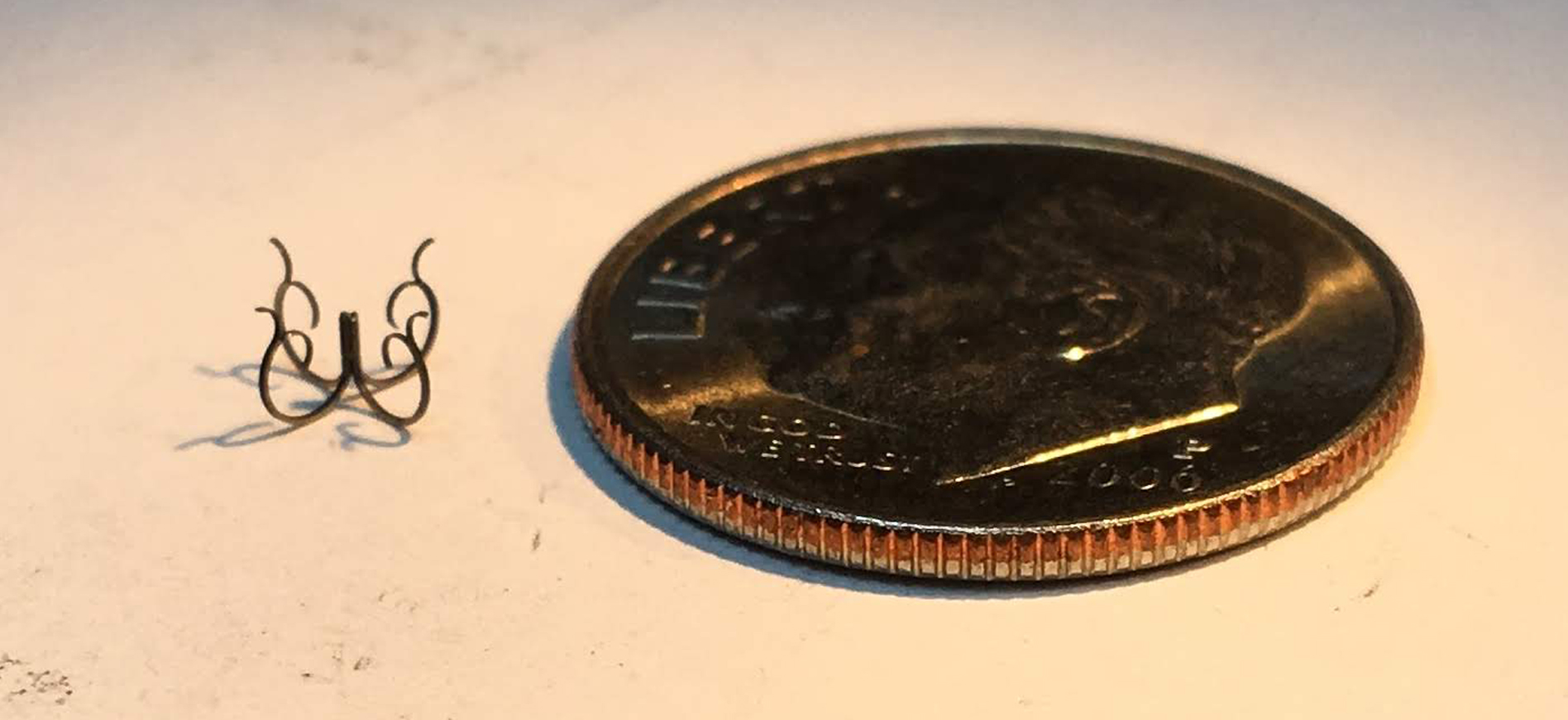Summary
This invention develops a single-step, single-device treatment for aneurysms.
Inventors
What is it? What does it do?
The device invented by Dr. Mai facilitates a single-step, single-device obliteration of aneurysms to accelerate safe treatment.
When a blood vessel’s wall weakens, an abnormal large bulge often described as the “ballooning” of the blood vessel typically forms and is called an aneurysm. Aneurysms are often found in the brain, aorta, legs, and spleen; however, they can occur in any part of the body. If left untreated, an aneurysm can rupture and cause internal bleeding. If an aneurysm rupture is located in the brain it may lead to a subarachnoid hemorrhage or a hemorrhagic stroke.
Why is it better?
Currently, the two popular options to treat brain aneurysms are microsurgical clipping and endovascular coiling.
-
Microsurgical clipping consists of open brain surgery where an opening in the skull is used to gain access to the aneurysm and subsequently a clip is placed at the base of the aneurysm to obstruct the blood flow to the aneurysm.
-
Endovascular coiling is a minimally invasive procedure in which a catheter is passed through the inner thigh up into the artery containing the aneurysm. Platinum coils are then deployed to induce clotting (embolization) of the aneurysm, which prevents blood clots from exiting the aneurysm and prevents blood from entering the aneurysm. However, when treating an aneurysm with a large opening to the vessel, endovascular coiling is often ineffective due to coils falling out of the aneurysm and into the blood vessel, causing various complications.
Dr. Mai’s low profile and flexible device offers several new benefits that differ from these current treatment options:
-
The invention introduces a scaffold to contain the endovascular coils, which will provide enhanced protection at the neck of the aneurysm.
-
Its design will also minimize the risk of rupture by reducing pressure on the walls of the blood vessel during deployment. The device can also be re-sheathed or redeployed if the scaffold is not placed correctly using a standard delivery microcatheter.
-
The scaffold device would not require dual-antiplatelet therapy, making the proposed invention applicable for both ruptured and unruptured aneurysms.
What is its current status?
Dr. Mai submitted his Novel Intrasulcular Embolization Device invention to MedStar Inventor Services in December 2017. After reviewing the patent and market landscape and soliciting clinical feedback, MedStar Inventor Services first worked with Dr. Mai to file a provisional patent application covering the Novel Intrasulcular Embolization Device to protect Dr. Mai’s invention for one year. MedStar Inventor Services also engaged Cleveland Clinic Medical Device Solutions via a past Global Healthcare Innovation Alliance to develop prototypes of the Novel Intrasulcular Embolization Device that will be used in proof of concept studies.
Most recently, MedStar Inventor Services filed for a U.S. patent based on Dr. Mai’s important work, which was issued in August 2021: U.S. Patent No. 11,103,253 B2, “Embolization Scaffold Devices.”
The MedStar Inventor Services team is now seeking a licensing/collaboration partner to help advance and commercialize this technology. Please contact us at invent@medstar.net.
Related invention:
Video
Below is X-ray videography of endovascular coils deployed into an aneurysm model with scaffolding. Scaffolding (faint vertical lines within the aneurysm) is anchored in the aneurysm and acts as a cage to accept and retain endovascular coils.










